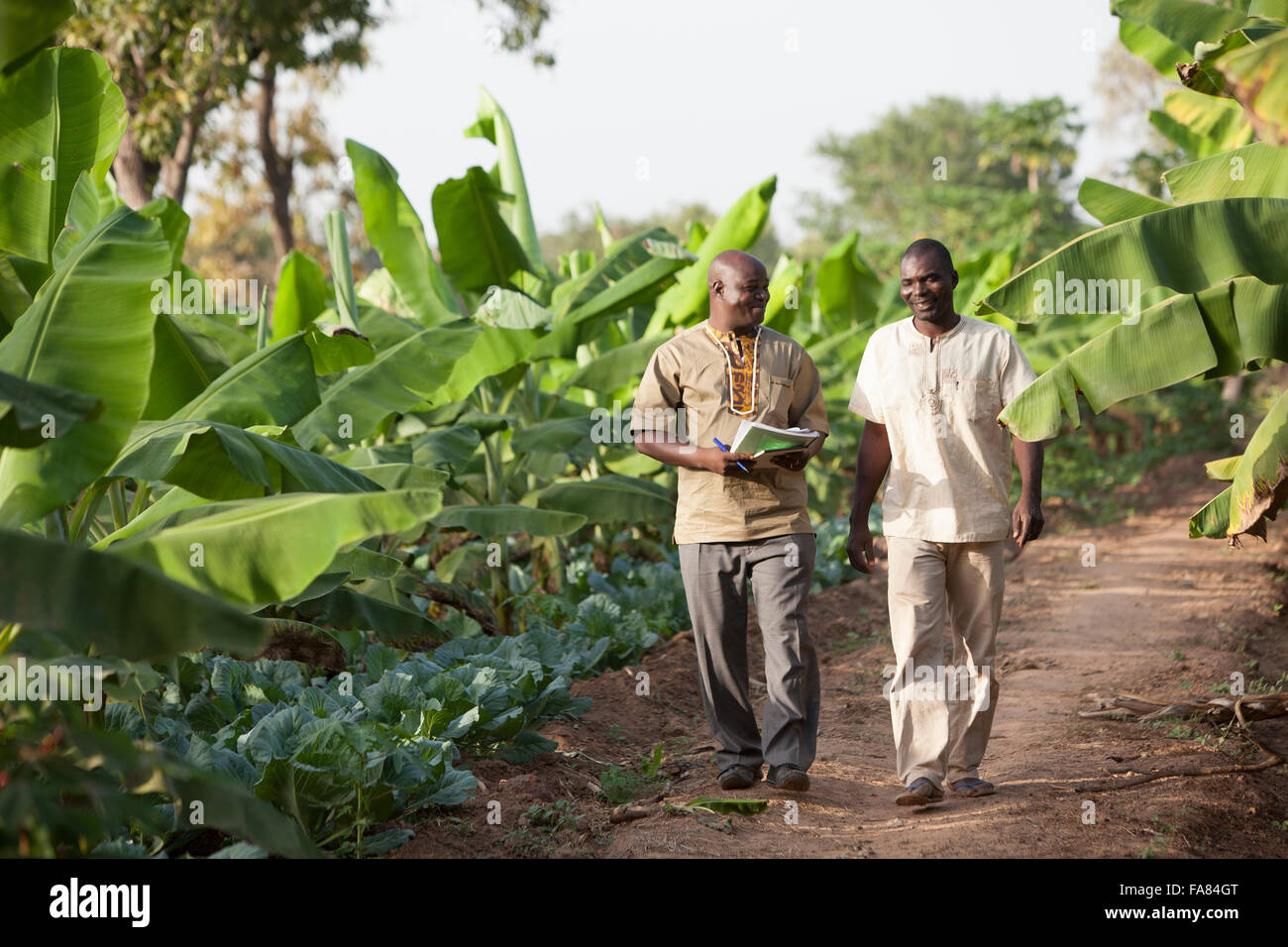Comprehending the Effect of Commercial Farming vs Subsistence Farming on Regional Economies
A Thorough Take A Look At the Difficulties and Benefits of Modern Agriculture
Modern farming stands at the crossroads of innovation and sustainability, presenting a wide range of difficulties and possibilities. With advancements like precision farming and biotechnology appealing improved efficiency, the market all at once faces critical concerns such as ecological degradation and socio-economic differences. As we explore the intricate equilibrium between technological progress and its more comprehensive influences, the inquiry develops: can we accomplish a lasting future that profits both the atmosphere and farming communities? The path onward requires a cautious assessment of these characteristics, inviting stakeholders to consider the possibility for transformative adjustment in agricultural practices and plans.
Technological Advancements in Farming
Technical developments in farming have changed the agricultural industry, driving raised efficiency and performance. Advancements such as accuracy agriculture, biotechnology, and automation have changed traditional farming practices, enabling more lasting and lucrative procedures. Precision farming makes use of GPS technology, sensing units, and data analytics to optimize field-level administration regarding plant farming. This strategy allows farmers to use inputs like water, plant foods, and pesticides more sensibly, lowering waste and lowering expenses while boosting returns.
Automation in farming has actually better moved the market ahead, with the introduction of autonomous tractors, drones, and robotics. These innovations decrease labor needs and increase operational speed, enabling for timely planting and harvesting. Drones, specifically, supply important airborne images and data, assisting farmers in monitoring crop health and discovering problems early.
Biotechnology has also played a pivotal duty in advancing farming methods. Collectively, these technical improvements have actually laid the groundwork for an extra resistant and sustainable farming future.
Environmental Challenges
Farming deals with numerous environmental obstacles that endanger its sustainability and performance. One of the main concerns is the destruction of soil wellness due to extensive farming techniques that deplete essential nutrients and cause erosion. The overuse of chemical plant foods and chemicals even more aggravates this concern, contaminating water resources and decreasing biodiversity. The long-lasting viability of agricultural land is jeopardized, necessitating the fostering of more lasting methods.
Water scarcity is one more significant obstacle, specifically in areas where agriculture heavily relies upon watering. Environment adjustment is increasing this concern, modifying rainfall patterns and increasing the frequency of droughts. Reliable water monitoring systems, such as drip watering and rain harvesting, are crucial to reduce these effects, however their execution stays uneven throughout various areas.
Additionally, agriculture is both a target and a contributor to climate modification. Attending to these ecological difficulties is vital for ensuring a sustainable agricultural future.

Financial Impacts
The economic impacts of modern-day Look At This farming are profound and complex, influencing both neighborhood and worldwide markets. Advances in modern technology and production methods have actually considerably increased farming productivity, bring about a lot more efficient food supply chains and minimized costs for customers. This increased performance has made it possible for nations to fulfill growing demands, stabilize food rates, and add to economic development. Furthermore, the export of farming commodities has come to be a considerable resource of income for several countries, playing a critical role in their financial growth.
The capital-intensive nature of modern-day agriculture calls for significant financial investment in equipment, plant foods, and genetically changed seeds, which can be economically troublesome for small farmers. Additionally, worldwide market variations can impact the earnings of farming exports, making economies reliant on farming at risk to financial instability.
Furthermore, subsidies and profession plans in established nations can distort market prices, influencing competitive equilibrium and potentially disadvantaging farmers in developing countries. Overall, while contemporary farming drives economic development, it also demands navigating complicated financial landscapes to make sure lasting and equitable growth.
Social Ramifications
While modern farming has actually brought about substantial developments, it additionally presents various social ramifications that necessitate consideration. One significant problem is the displacement of small-scale farmers because of the surge of large agribusinesses. As company farming entities increasingly dominate the agricultural landscape, smaller sized ranches frequently have a hard time to complete, resulting in the disintegration of country areas and traditional farming methods. This change can why not try this out cause a loss of neighborhood knowledge and cultural heritage that smaller farms maintain.

Such practices might also restrict customer options and reduce the capacity of regional communities to control their food sources. As these social ramifications unfold, it ends up being essential to resolve them to guarantee sustainable and fair agricultural growth.
Future Instructions
Looking in advance, several appealing avenues for contemporary agriculture can deal with the difficulties dealt with today while promoting sustainable growth. Developments in innovation, such as precision farming, supply the potential to maximize resource usage and increase performance.
Biotechnology additionally holds tremendous assurance for the future of agriculture. Genetically customized microorganisms (GMOs) and genetics modifying methods, like CRISPR, could enhance plant resilience versus climate modification, parasites, and illness, hence boosting food security. Branching out crop varieties to consist of more climate-resilient and nutrient-dense alternatives could boost both eco-friendly security and human nutrition.

Final Thought
Modern farming, identified by technical innovations, offers both chances and difficulties. commercial farming vs subsistence farming. Resolving these complexities requires a transition towards lasting techniques that balance productivity with ecological stewardship and social equity, consequently making certain a resistant future for global agricultural systems.
Modern agriculture stands at additional resources the crossroads of innovation and sustainability, offering a plethora of chances and difficulties. Furthermore, global market fluctuations can impact the productivity of farming exports, making economic climates reliant on agriculture at risk to financial instability.
In addition, the intensive usage of innovation and automation in farming has actually led to a decline in agricultural work opportunities.Looking in advance, a number of encouraging avenues for modern-day farming can resolve the obstacles dealt with today while cultivating lasting growth. commercial farming vs subsistence farming.Modern agriculture, defined by technical improvements, provides both difficulties and possibilities